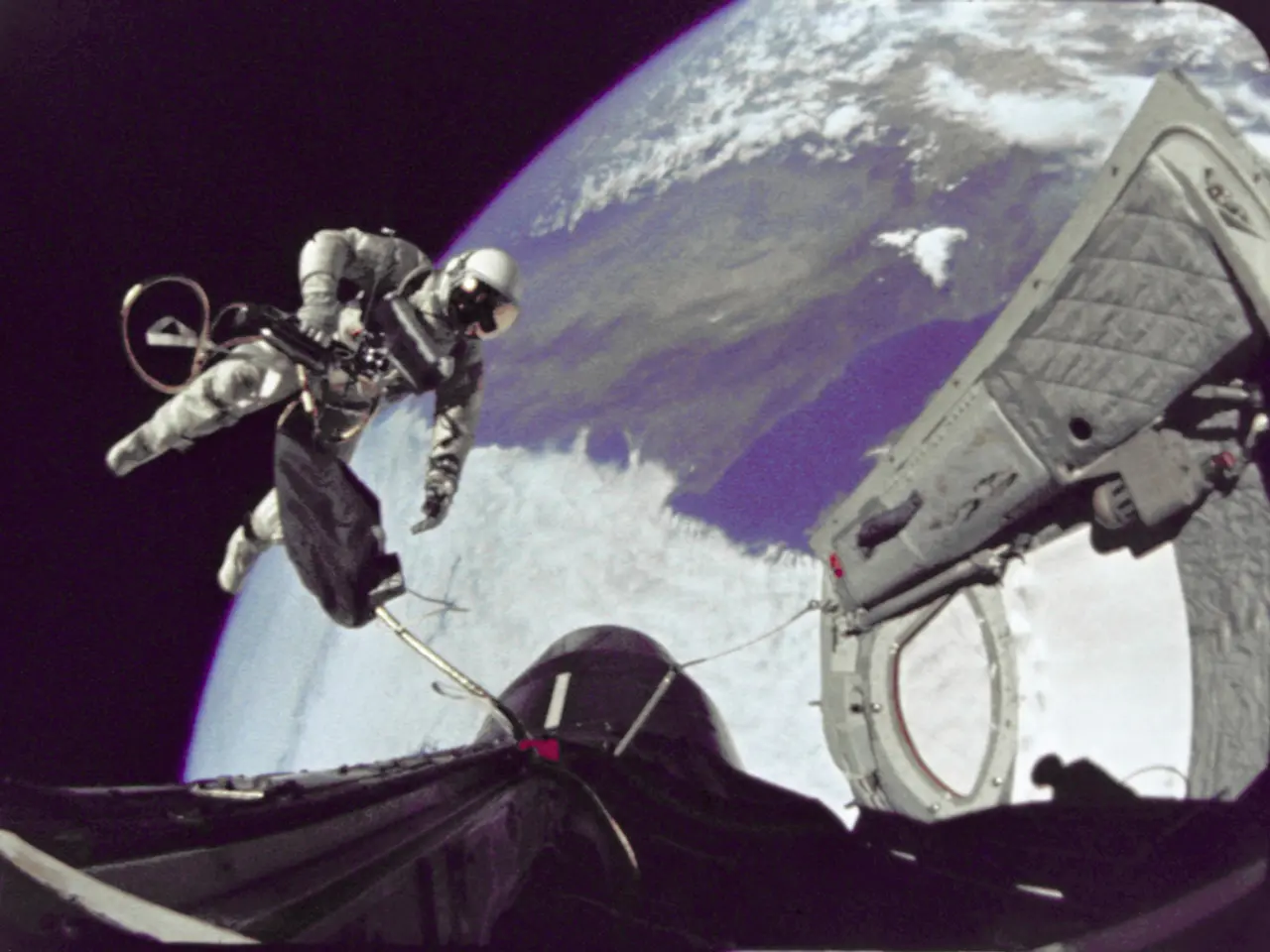Astronauts depart from Earth-orbiting space station for return journey to our planet
SpaceX's Crew-10 Mission Concludes, Paving the Way for Crew-11
Last week, a new crew took off on the Crew-11 mission, consisting of US astronauts Zena Cardman and Mike Fincke, Japan's Kimiya Yui, and Russian cosmonaut Oleg Platonov. Their six-month mission on the International Space Station (ISS) marks the 11th crew rotation mission under NASA's Commercial Crew Program and the conclusion of Crew-10.
During their nearly five to six months aboard the orbiting laboratory, the Crew-10 astronauts, including Anne McClain, Nichole Ayers, Japan's Takuya Onishi, and Russian cosmonaut Kirill Peskov, conducted over 200 scientific experiments and demonstrations. These ranged from biomedical research, physical and materials sciences, technology demonstrations, and student-led projects.
Key experiments included the Rhodium Plant LIFE experiment, which studied the effects of microgravity and radiation at different orbital altitudes on the growth of wild-type and genetically modified thale cress plants. The aim is to improve space and Earth-based plant growth. Another significant experiment was the power system upgrades, with NASA astronaut Anne McClain performing a spacewalk to install hardware for new, more compact and powerful International Space Station Roll-Out Solar Arrays (IROSA).
Other experiments focused on biomedical research, supporting studies that could contribute to new cancer treatments and a better understanding of human physiology in microgravity. Robotics and materials science experiments aimed at creating more lifelike robotics and testing material flammability for future spacecraft designs. Technology demonstrations included testing a backup lunar navigation system and experiments related to space debris removal, contributing to a sustainable space economy.
Overall, Crew-10 significantly advanced scientific knowledge in multiple fields by utilizing the unique microgravity and orbital environment of the ISS.
Upon their return, the astronauts will be able to breathe Earth's air again for the first time in months. The Dragon capsule used for their journey is the Dragon capsule from Elon Musk's SpaceX company. After splashing down, the capsule will be recovered by a SpaceX ship and hoisted aboard. The capsule's descent back to Earth will be slowed by re-entry and further by huge parachutes.
Meanwhile, NASA announced this week that Butch Wilmore has decided to retire after 25 years of service at the US space agency. Wilmore and Suni Williams were unexpectedly stuck on the ISS for nine months due to propulsion problems with the Boeing Starliner spaceship. Initially, they were only scheduled to spend eight days in space on a test of the Boeing Starliner's first crewed flight. However, the spaceship developed propulsion problems and was deemed unfit to fly back, leaving Wilmore and Williams stranded in space.
The launch of Wilmore and Williams in March 2025 was heavily scrutinized as it allowed the return of two US astronauts to Earth. The Crew-11 mission will be followed by the Crew-12 mission, continuing the series of crew rotation missions under NASA's Commercial Crew Program.
- The Crew-10 mission, consisting of Anne McClain, Nichole Ayers, Takuya Onishi, and Russian cosmonaut Kirill Peskov, concluded after conducting over 200 scientific experiments on the International Space Station (ISS), ranging from biomedical research to technology demonstrations.
- These experiments included the Rhodium Plant LIFE experiment, which aimed to improve space and Earth-based plant growth by studying the effects of microgravity and radiation, and power system upgrades, with an emphasis on installing hardware for new, more compact and powerful International Space Station Roll-Out Solar Arrays (IROSA).
- Meanwhile, NASA astronaut Butch Wilmore, who retired after 25 years of service at the US space agency, was unexpectedly stranded on the ISS for nine months due to propulsion problems with the Boeing Starliner spaceship in 2020.




